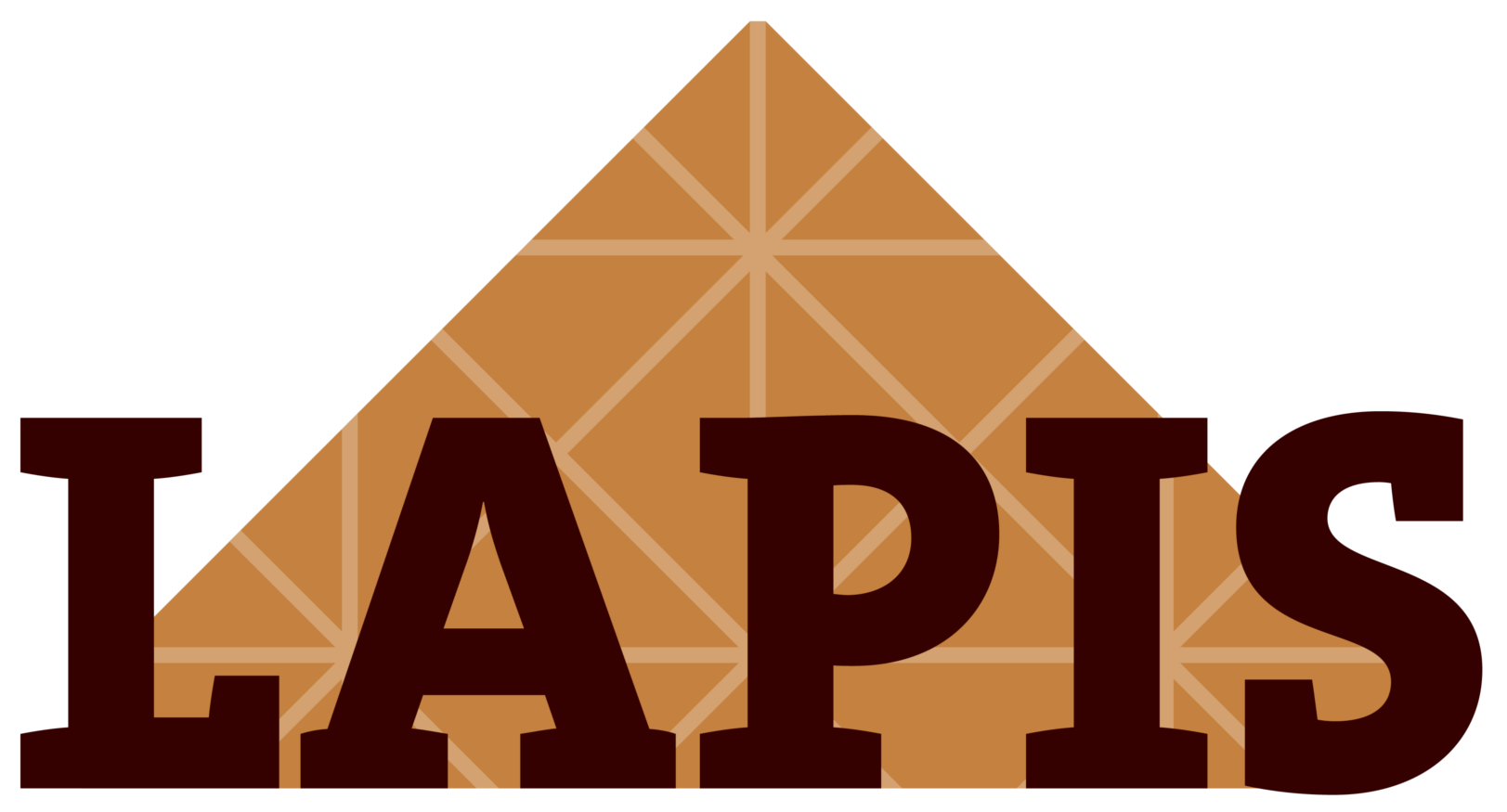The courses at the school will cover a wide spectrum of the theoretical aspects of inverse methods as long as their application in a plethora of geophysical problems.
- Acoustic wave equation, one-way and two-way propagators
- One-way and two-way migration (RTM) and least-squares migration
- Acoustic frequency and time domain full-waveform inversion (FWI)
- FWI, optimization via 1st and 2nd order methods, simultaneous sources, stochastic gradients
- Formulating and solving the inverse problem: probabilistic perspectives on inverse modelling
- Markov chain Monte Carlo with complex geostatistical priors and error sources
- Petrophysical and structural approaches to joint inversion
- Model selection: which conceptual model is favoured by the data?
- Hydrogeophysical and environmental applications and case-studies
- General introduction to probabilistic inversion of multiple datasets
- Thermodynamic considerations and internal consistency
- The physical state of the Earth's lithosphere and upper mantle
- Fast solvers for expensive forward problems
- Efficient MCMC algorithms for large-scale inverse problems
- Advanced topics: ABC and multi-method paradigms
- Deterministic inversion, including fundamentals of the approach, incorporating additional information (geologic, petrophysical, other geophysical data)
- Understanding the non-uniqueness in the problem
- Inverting potential fields and electromagnetic data
- Case histories
- Illustrating how computations can be done using SimPEG (open-source resource for simulation and inversion)
